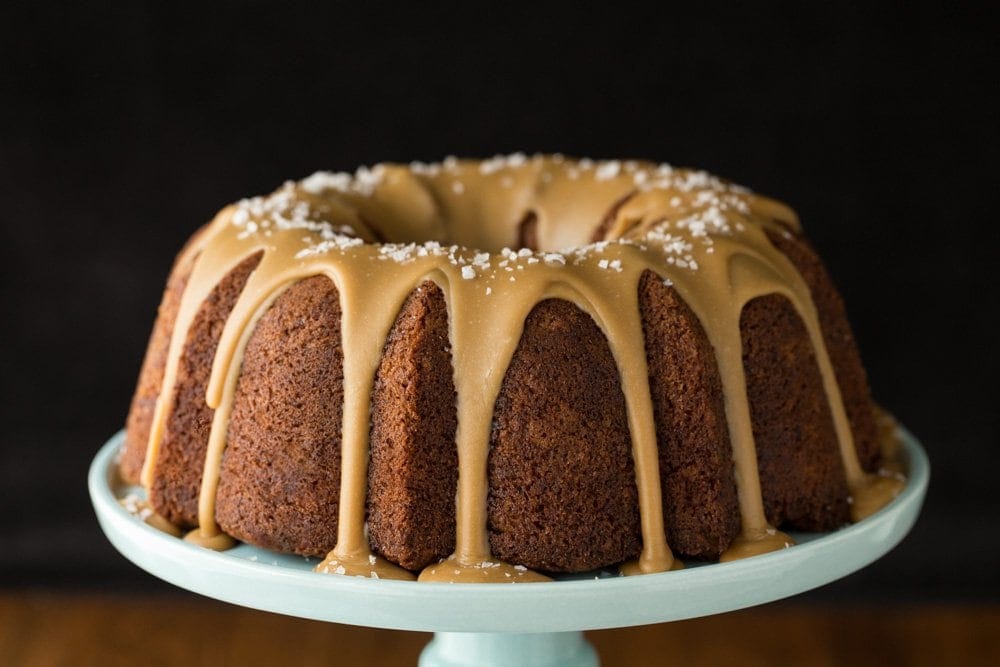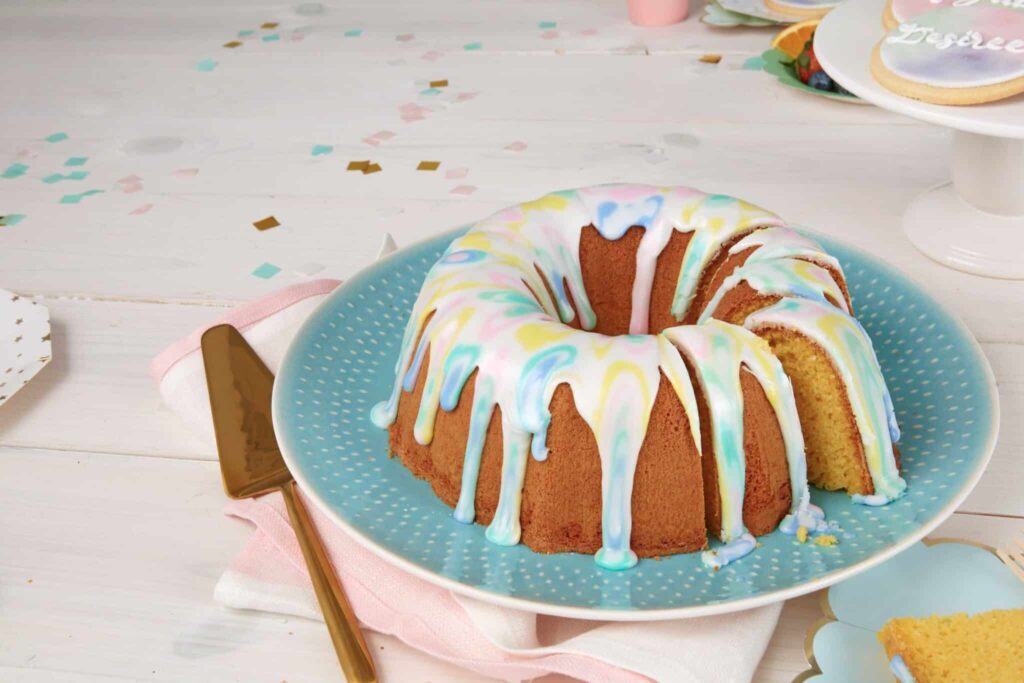Imagine the aroma of freshly baked pound cake wafting through your kitchen, tempting your taste buds with its rich, buttery flavor and tender crumb.
Making a pound cake from scratch may seem daunting at first, but with the right recipe and a few simple steps, you can create a masterpiece that will impress family and friends alike.
In this guide, we’ll walk you through the process of baking a perfect pound cake, from gathering ingredients to putting the finishing touches on your creation.

1. Gathering Ingredients:
Before you begin, gather all the necessary ingredients for your pound cake. You’ll need:
1 cup (2 sticks) of unsalted butter, at room temperature
1 cup of granulated sugar
4 large eggs, at room temperature
2 cups of all-purpose flour
1 teaspoon of vanilla extract
1/2 teaspoon of salt
2. Preparing Your Oven and Pan:
Preheat your oven to 350°F (175°C) and grease a 9×5-inch loaf pan with butter or cooking spray.
Dust the pan with flour to ensure easy release of the cake after baking.
3. Creaming Butter and Sugar:
In a large mixing bowl, cream together the butter and sugar until light and fluffy.
This step is crucial for creating a tender, moist pound cake, so be sure to beat the butter and sugar together until they are well combined.
4. Adding Eggs, One at a Time:
Once the butter and sugar are creamed, add the eggs one at a time, mixing well after each addition.
This helps to incorporate air into the batter, resulting in a lighter texture.
5. Incorporating Dry Ingredients:
In a separate bowl, sift together the flour and salt.
Gradually add the dry ingredients to the butter mixture, mixing until just combined.
Be careful not to overmix, as this can result in a tough cake.

6. Adding Flavor:
Stir in the vanilla extract to add a hint of sweetness and flavor to your pound cake batter.
You can also experiment with other flavorings, such as lemon zest or almond extract, to customize your cake to your liking.
7. Pouring the Batter:
Pour the batter into the prepared loaf pan, smoothing the top with a spatula to ensure an even bake.
Tap the pan gently on the counter to release any air bubbles.
8. Baking to Perfection:
Place the pan in the preheated oven and bake for 50-60 minutes, or until a toothpick inserted into the center of the cake comes out clean.
Keep an eye on your cake as it bakes to prevent overcooking.
9. Cooling and Serving:
Once baked, remove the pound cake from the oven and allow it to cool in the pan for 10-15 minutes before transferring it to a wire rack to cool completely.
Slice and serve your pound cake plain or with a dollop of whipped cream and fresh berries for an extra special treat.
Conclusion:
Baking a pound cake from scratch is a rewarding experience that yields delicious results.
By following these simple steps, you can create a moist, flavorful cake that will delight your taste buds and impress your guests.
So why not roll up your sleeves, preheat your oven, and embark on a culinary adventure that’s sure to satisfy?

FAQs:
Q1: Can I use salted butter instead of unsalted butter?
A1: While you can use salted butter in a pinch, it’s best to stick with unsalted butter for better control over the saltiness of your pound cake.
Q2: Can I substitute almond flour for all-purpose flour?
A2: Almond flour has a different texture and moisture content than all-purpose flour, so it’s not recommended as a direct substitute.
Stick with all-purpose flour for the best results.
Q3: How do I know when my pound cake is done baking?
A3: Use a toothpick inserted into the center of the cake to check for doneness.
If it comes out clean or with a few crumbs clinging to it, your cake is ready.
Q4: Can I freeze pound cake for later?
A4: Yes, pound cake freezes well.
Wrap it tightly in plastic wrap and store it in an airtight container in the freezer for up to three months.
Q5: Can I add nuts or chocolate chips to my pound cake batter?
A5: Absolutely! Feel free to customize your pound cake with your favorite mix-ins, such as chopped nuts, chocolate chips, or dried fruit, for added flavor and texture.
